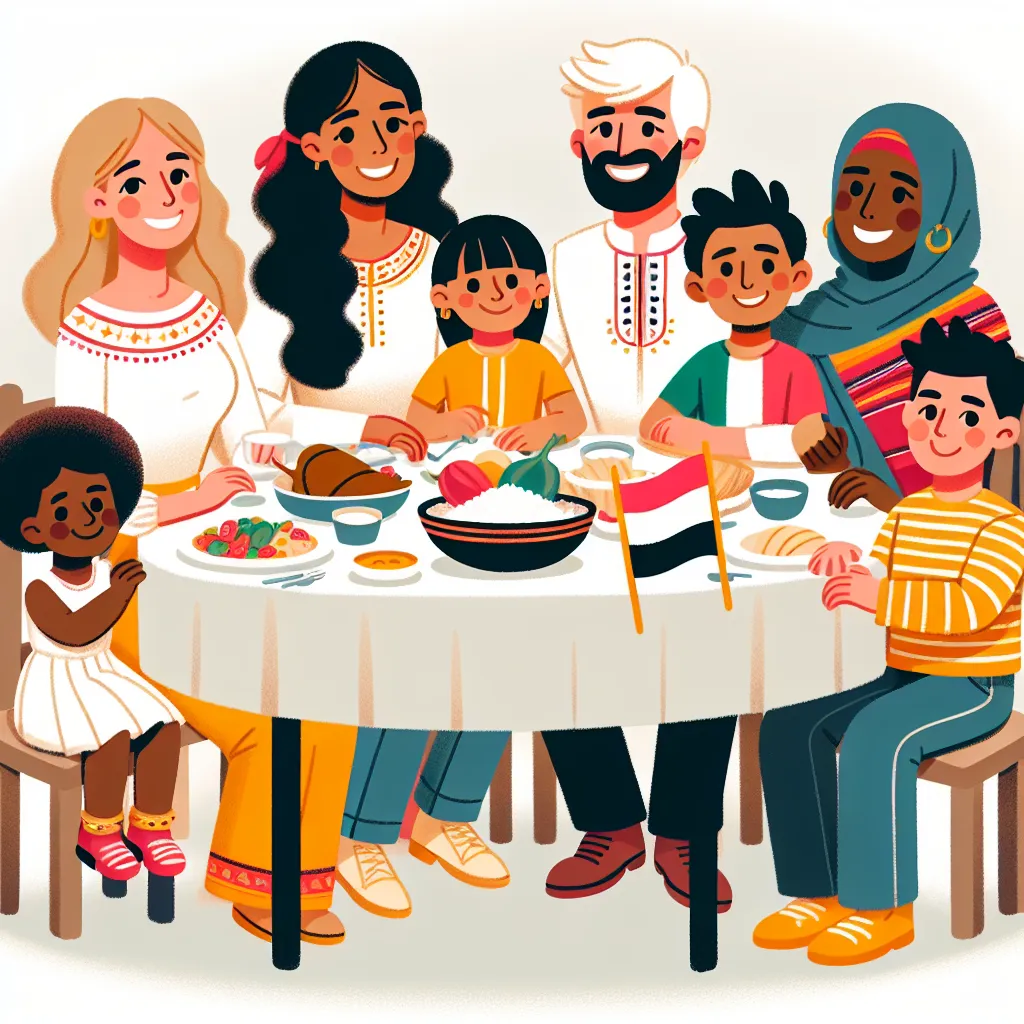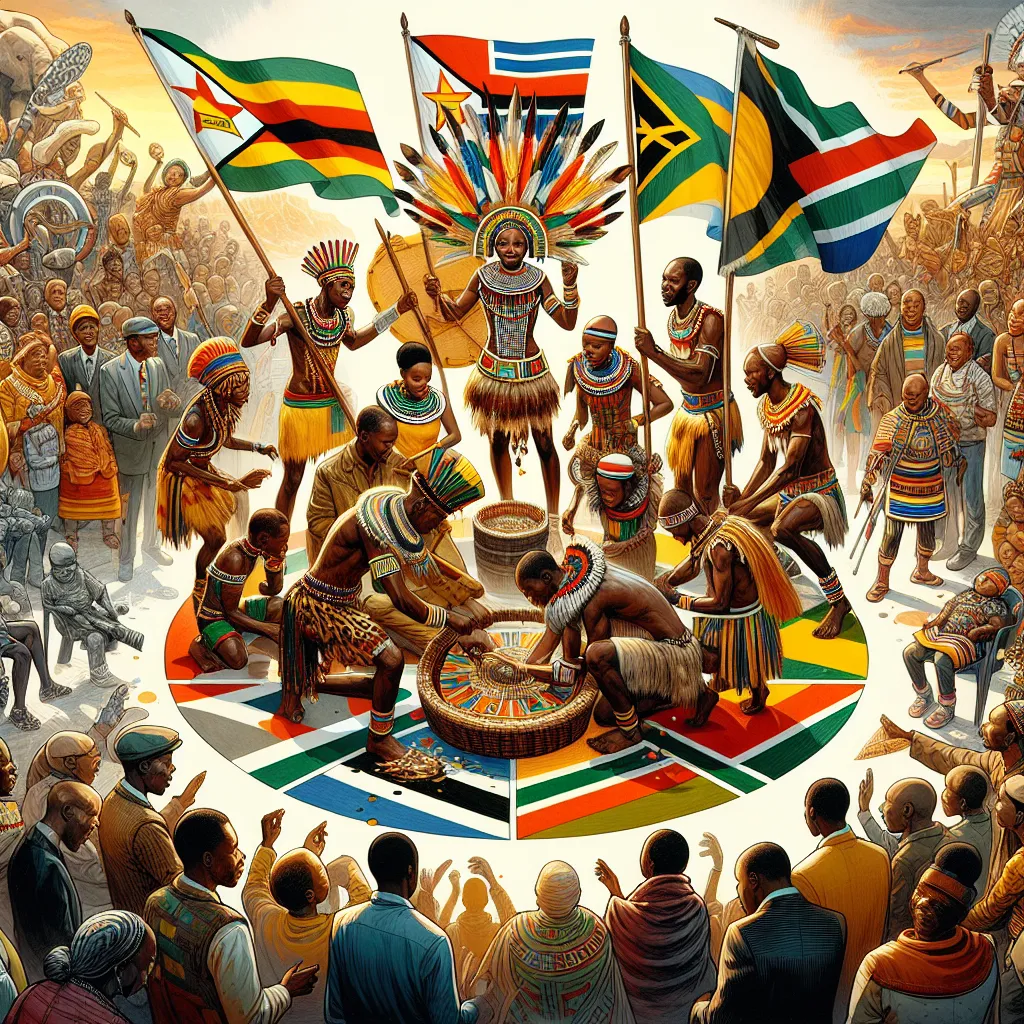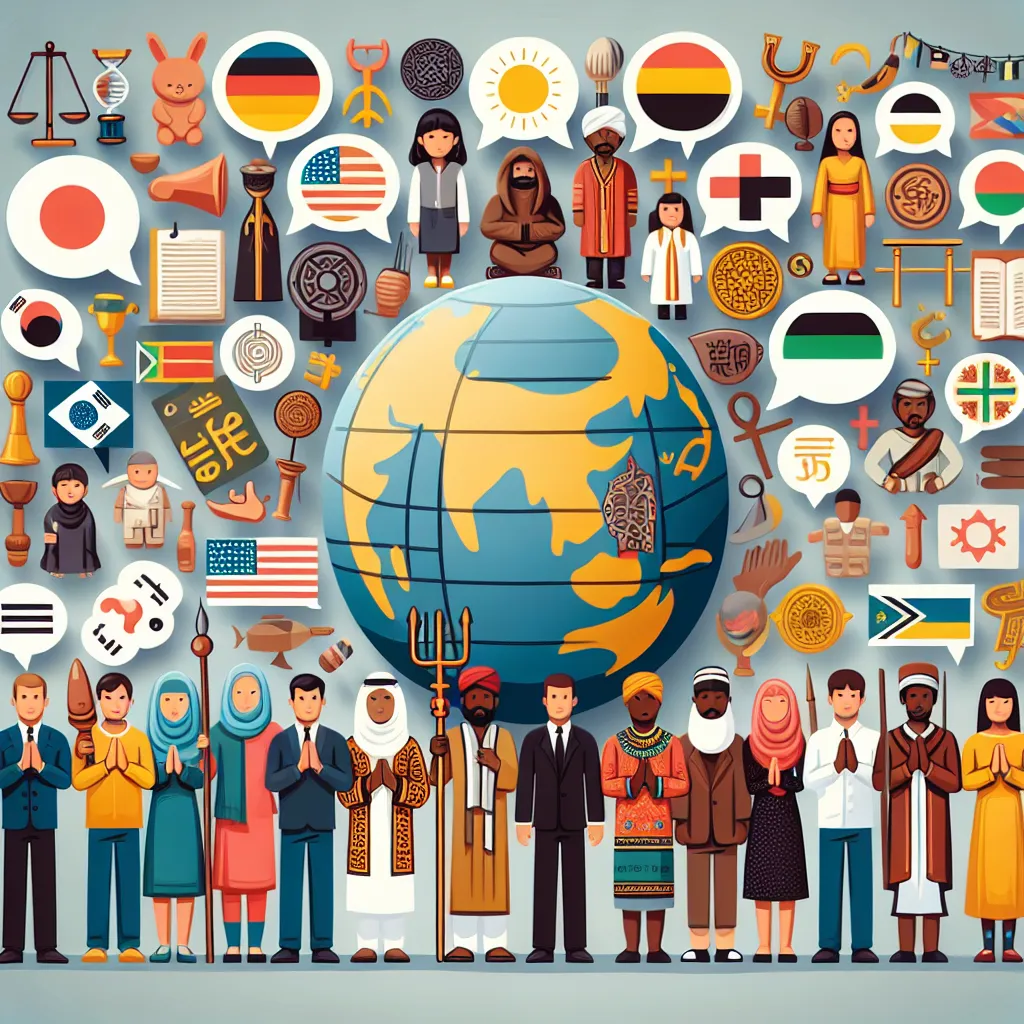Ask AI on The Internet
Question: 4.4.1 Culture as tradition This perspective suggests that culture is what the society strives to pass on to new generations . It emphasises what distinguishes different ethniG,groups and families. In South Africa, for instance, members of the Xhosa and the Zulu cultures are identified by their languages , dress and bodily adornments . Culture also determines the way in which a group carries out daily activities. For example, in the Western world, people eat different kinds of meals at specified times of the day: breakfast in the morning , luRch at midday and dinner in the evening. These cultural practices are passed on from generation to generation. Culture also determines the way in which a group carries out important rituals. For example, initiation ceremonies are still practised amongst the Varemba group in Zimbabwe. Every year in June, students are withdrawn from schools to go through Murundu for boys/men and Komba for girls/women . This obviously interrupts the children's studies, but it is seen as justified because of the dictates of tradition. 4.4.2. Culture as symbol syste.m Culture as symbol system occurs when individuals or groups function using a set of symbo ls as defined by the group. For '€xample, languages are symbols used by different ethnic groups in South Africa (isiZulu for Zulus, IsiXhosa for Xhosas , Xitsonga for Tsongas and TshiVenda for Vendas). Dress is also a symbo l for different groups in society, as are songs and dances that are sung and performed for specific occasions amongst different groups in society. 4.4.3. Culture as motive and emotion This aspect of culture is based on the view that repetition of an activity improves ability and creates an emotional attachment (Erickson, 1989: 37). For example, people of all nations develop an attachment to their countries, despite difficulties that they may expe rience , such as political instability or economic problems. People often decide to stay in their countries in spite of these difficulties because of their attachment to their country. Question 1 Read the abstract above and answer the questions that follow: 1.1. Discuss and provide ONE example of each of the following: i) Culture as tradition ii) Culture as symbol system iii) Culture as motive and emotion
Certainly! Here is a discussion and example of each cultural perspective from the abstract provided: 1. **Culture as Tradition** - **Discussion**: This perspective emphasizes the transmission of customs, beliefs, and practices from one generation to the next. It includes the distinct elements that differentiate ethnic groups and families, such as language, dress, and rituals. These traditions are preserved over time and play a crucial role in maintaining the identity and continuity of a culture. - **Example**: In South Africa, the Xhosa and Zulu cultures maintain distinct traditions such as their unique languages (isiXhosa and isiZulu). They also have specific styles of dress and bodily adornments that are passed down through generations. Another example is described where the Varemba group in Zimbabwe conducts initiation ceremonies (Murundu for boys/men and Komba for girls/women), which are essential cultural traditions despite their impact on students' schooling. 2. **Culture as Symbol System** - **Discussion**: This perspective sees culture as a system of symbols that are used and understood by members of a particular group. Symbols can include languages, dress, songs, dances, and other forms of expression that convey meaning and are shared among group members. - **Example**: In South Africa, various ethnic groups use different languages as symbols of their cultural identity: isiZulu for the Zulus, isiXhosa for the Xhosas, Xitsonga for the Tsongas, and TshiVenda for the Vendas. Each language carries its own set of meanings and is an essential part of the cultural symbol system. Traditional attire worn on special occasions is another potent symbol that conveys cultural heritage and group identity. 3. **Culture as Motive and Emotion** - **Discussion**: This aspect of culture focuses on the emotional ties and motivations that develop through repeated cultural practices. It highlights how habitual activities and shared experiences foster attachment and a sense of belonging to one's group, community, or nation. - **Example**: People often develop an emotional attachment to their country, even in the face of political or economic challenges. Despite experiencing significant difficulties, individuals may choose to remain in their home countries because their cultural practices and identity have fostered a deep sense of belonging and patriotism. This sense of national pride and emotional connection is a powerful motivator that influences behavior and decision-making. These examples illustrate how different aspects of culture can encapsulate the traditions, symbols, and emotional attachments that define and distinguish various groups and societies.
Think your answer is better than the AI's? Post it below.
Other Most Relevant Posts:
 1. Society Defined
2. Understanding Culture
3. Material Culture Examples
4. Nonmaterial Culture Examples
5. Five Categories of Nonmaterial Culture
6. The Power of Language in Culture
7. Defining
1. Society Defined
2. Understanding Culture
3. Material Culture Examples
4. Nonmaterial Culture Examples
5. Five Categories of Nonmaterial Culture
6. The Power of Language in Culture
7. Defining
Question Tags
If you want your question answered by an AI, click here.






Post your own comment: